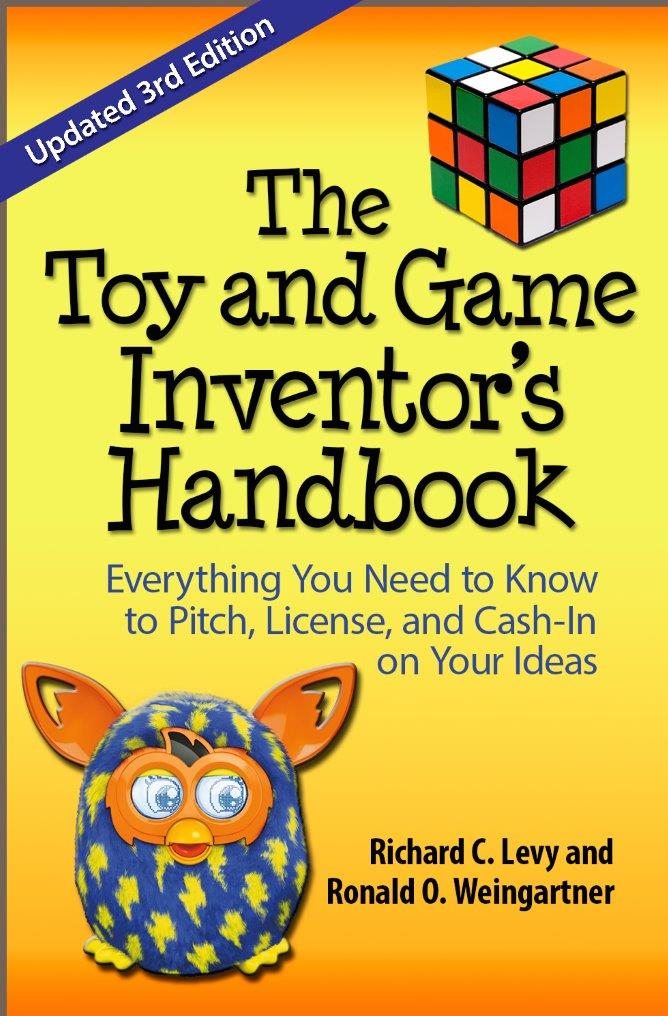
In today's wired world, there is no limit to information access. We are Twittered, Plaxoed, Facebooked, and Linkedin. Ask a question and the vast ethernet network is ready to respond. That is all well and good, but for my information I for one still look to the comfort and support of the expertise captured in a bound book originated by a known authority.

Hopefully, an inquisitive toy or game inventor sought the advice contained in The Toy and Game Inventor's Handbook. (Always good to engage in a bit of self promotion). But for those inventors seeking to navigate the broader arena of consumer product licensing, there is an important new book by my co-author, Richard C. Levy. The Complete Idiot's Guide to Cashing In On Your Inventions (Second Edition) is a must read all inclusive information compendium for any inventor's personal library.
How much time do you want to spend on Google sifting through a multitude of dubious sources in search of information related to defining, selling, protecting, and licensing ideas? If time is money, isn't a tell all tome of "turning an idea into a windfall" a truly invaluable resource at less than $20?
There are numerous sources for information on how to protect intellectual property, including free literature from the U.S. Patent and Trademark Office and the U.S. Copyright Office. There are books on how to invent and sell inventions that are written by patent attorneys, IP managers and agents trolling for business. Most of these people are all hat and no cattle, as they say in Texas. Richard is a marketing dynamo who has co-created, co-developed and licensed hundreds of products that combined have generated $1 billion in global retail sales.

Where Richard's book excels is in its practical, down-to-earth, non-theoretical, real-life information on how to protect your wallet and bring your ideas to market. You are fortunate to be able to peek over Richard's shoulder as you turn the pages of this book and learn the secrets to his success.
Written in a crisp, energetic, insightful manner, this eye-opening book is crammed full of Richard's firsthand experiences that are enhanced through interviews with experts in disciplines ranging from prototyping and off-shore manufacturing to patents and trademarks. He reveals his personal strategies. He shares templates of licensing, option and hold confidential agreements that could save you thousands of dollars in legal fees.
So, if you are a serious inventor or designer who has licensed or wants to license original ideas to industry, you can benefit from this quintessential tool for turning ideas into money-spinners.
Simply put, The Complete Idiot's Guide to Cashing In On Your Inventions (Second Edition) is an essential addition to any inventor's library and just plain fascinating reading.
Knowledge is power and this is one powerful source for any inventor who wants to sharpen all the important and related skills. Read, dream, invent--with an added edge! If there is one disappointment I have with this book, it is that I did not co-author it with Richard!
























